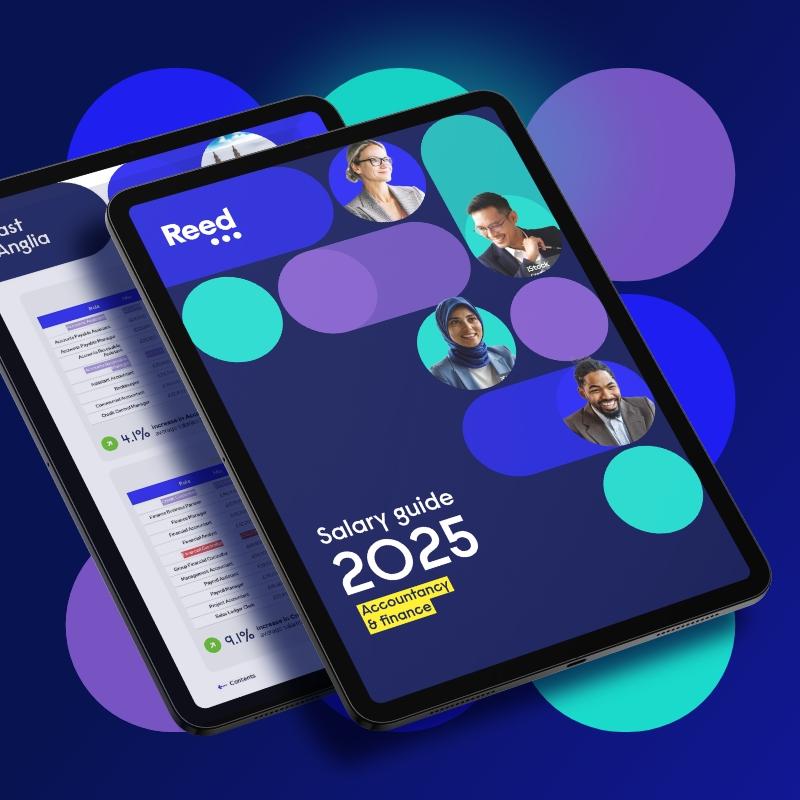Two-in-five black Britons experience some form of discrimination at work, while one-in-five LGBT staff are a target of negative comments or conduct from work colleagues. Even though blatant forms of racism continue to be tackled, other, more discreet kinds of racism and unfair treatment remain prevalent and because they are often more subtle, are harder to put a stop to. These comments are microaggressions, plain and simple.
Unfortunately, racist microaggressions and unfair treatment of professionals from ethnically diverse communities still occurs in workplaces across the UK.
According to a report by the think-tank Coqual, more than two-in-three black employees (68%) and more than half (58%) of mixed-race professionals surveyed said that they have experienced racial prejudice at their current or former companies. For any organisation, tackling, and effectively managing, microaggressions in the workplace is key to ensuring employees feel safe, included and respected at work.
What are microaggressions?
Microaggressions happen everywhere, none more so than in the workplace. They are usually subtle and brief behaviours, slights, insults or demeaning messages that communicate bias towards other members of the organisation, and are usually verbal, behavioural or environmental.
People who fall victim of microaggressions are usually people of colour, women, LGBT populations or other marginalised groups or factions. Because many people spend the majority of their day at work, experiencing microaggressions can have a significant impact on their emotional and physical state, alongside their performance and overall satisfaction with their jobs.
Due to the nature of microaggressions, and the fact they often come from well-intentioned people who are unaware of the hidden messages that are being communicated, they can be difficult to detect by employers looking to eradicate them from the workplace, according to Sharon Cooper, Senior Inclusion & Diversity Consultant at Inclusive Employers.
She said: “As microaggressions are small, nuanced and often hard-to-pinpoint acts of exclusion, they can chip away at a person's confidence. They can make employees feel like they don’t belong, that they are different, that they are not part of the group - which means the negative impact of microaggressions can be long lasting.”
A common example of a microaggression is where an individual of an ethnic minority is asked where they are from, and then questioned in detail about their parents’ heritage if the answer is that they are British. While not intentionally discriminatory, this can contribute to someone feeling they do not belong or are not accepted in the workplace.
Types of microaggressions
There are various types of microaggressions that may occur at work. Each can have a lasting effect on someone's wellbeing, so it’s important managers can recognise them. Some of the types of microaggressions fall into the following categories:
Microassaults
Microassaults are types of deliberate criticism or blatant discrimination with the aim of discrediting someone’s abilities. They are verbal and nonverbal assaults intended to demean and belittle a person through discriminatory and hurtful behaviour that includes name-calling and the use of epithets.
Microinsults
Microinsults usually appear in the form of comments that demonstrate disrespect towards a certain group or person. This type of microaggression intends to express disrespect and degrade someone based on their background, identity or heritage. Often, the person saying it sees their comment as a compliment, for example, mentioning on how articulate or well-spoken someone is given their race.
Microinvalidations
Microinvalidations are comments or acts that reject historical events that marginalised or disadvantaged groups have experienced. This is a form of microaggression that excludes or negates a person's experience, thoughts or feelings. An example would be when a co-worker from an ethnic minority is speaking of a time when they felt disrespected, and a colleague interrupts them to say they weren’t discriminated against or starts talking about their own experiences that contradicts what was shared.
The ramifications of unaddressed microaggressions
During a time where companies are having to compete more fiercely for talent across the UK, it’s important that any act of discrimination or microaggression in the workplace is addressed. The consequences for organisations that fail to deal with injustices in a proper fashion could impact the chances of attracting talent. Now more than ever, professionals are researching companies to ensure their values and ambitions are the right fit – so if they see any indication of unaddressed microaggressions, they may consider looking elsewhere, according to Sharon.
She said: “Colleagues who experience microaggressions won't perform to their full potential if they feel alienated and alone, which doesn’t only affect them, their teams, but also the culture and performance of the organisation.
“In this highly challenging and competitive talent space, many new candidates want to know how inclusive an organisation truly is and one of the ways of measuring this is by asking how this type of behaviour is dealt with.”
If microaggressions are tolerated in the workplace, the organisation's reputation may suffer both internally and publicly, affecting current employees and the quality of new recruits.
Senior Inclusion & Diversity Consultant, Inclusive Employers
Professionals want to work for a company where they feel supported, safe and valued – so if microaggressions do occur, they know there are policies in place to protect employees. To establish a truly inclusive workplace, organisations need to continue to challenge themselves to identify and rectify microaggressions in the workplace.
Sharon added: “Leaving microaggressions unchecked or unchallenged can lead to much bigger institutional acts of discrimination. It’s easy for behaviours to become the cultural ‘norm’ or even escalate. This can result in demotivated teams, poor engagement, low performance, poor reputation and high turnover.”
How managers can respond and tackle the issues
A survey commissioned by Wates Group found that four-in-ten UK employees have experienced microaggressions at work related to their identity. With this is mind, it’s vital that companies start to think about more ways to address these many and varied issues, from subtle comments to contrary behaviour.
Line managers play a key role in role-modelling inclusive behaviours and making sure employees feel comfortable having these courageous conversations.
Sharon explained: “Managers set the cultural tone – how they respond to biased attitudes and behaviours sets the standard within their team. This starts with reflecting on their own bias and gaps in their inclusion knowledge and taking the time to learn about and understand different lived experiences.”
As well as responding to issues involving microaggressions, managers also need to decide when the best course of action needs to be taken. In some situations, it may be appropriate to respond immediately while the comment or behaviour is still fresh in everyone's mind. However, if it caused a strong emotional reaction, it may be best to wait until emotions have calmed before it’s addressed.
Sharon added: “Managers also have a vital role as active bystanders and inclusion allies - demonstrating the ability to educate and explain impact over intent, and to role model inclusion by both challenging other colleagues and being open to being challenged themselves.”
Empowering employees
While a business can’t eradicate microaggressions and make sure they never happen again, it's essential that employers and managers fully understand their role. Most of the time, it’s about promoting a culture that empowers employees to speak out against microaggressions, through well planned policies and procedures.
Regular monitoring and evaluation of policies will allow for a heightened employee experience when dealing with issues at the workplace, especially for those within marginalised groups. Setting up a system that allows staff to anonymously report microaggression without the worry of it being traced back to them can help build confidence and encourage people to speak up.
Sharon believes employees should feel comfortable being able to challenge microaggressions and know how to escalate any grievances that could be considered discriminatory.
She added: “It’s important to raise awareness with your employees. Training on how to challenge microaggressions, banter culture, bullying and explaining the need for active bystanders and inclusion allies can all help to increase understanding of inclusion and the effect of microaggressions.”
Addressing any form of discriminatory behaviour in the workplace is critical for ensuring employers not only avoid any legal risks, but also help enhance and embrace diversity and inclusion to create a happy and healthier workforce.
If you’re looking to hire your next diverse team member, get in touch with one of our recruitment specialists today.




